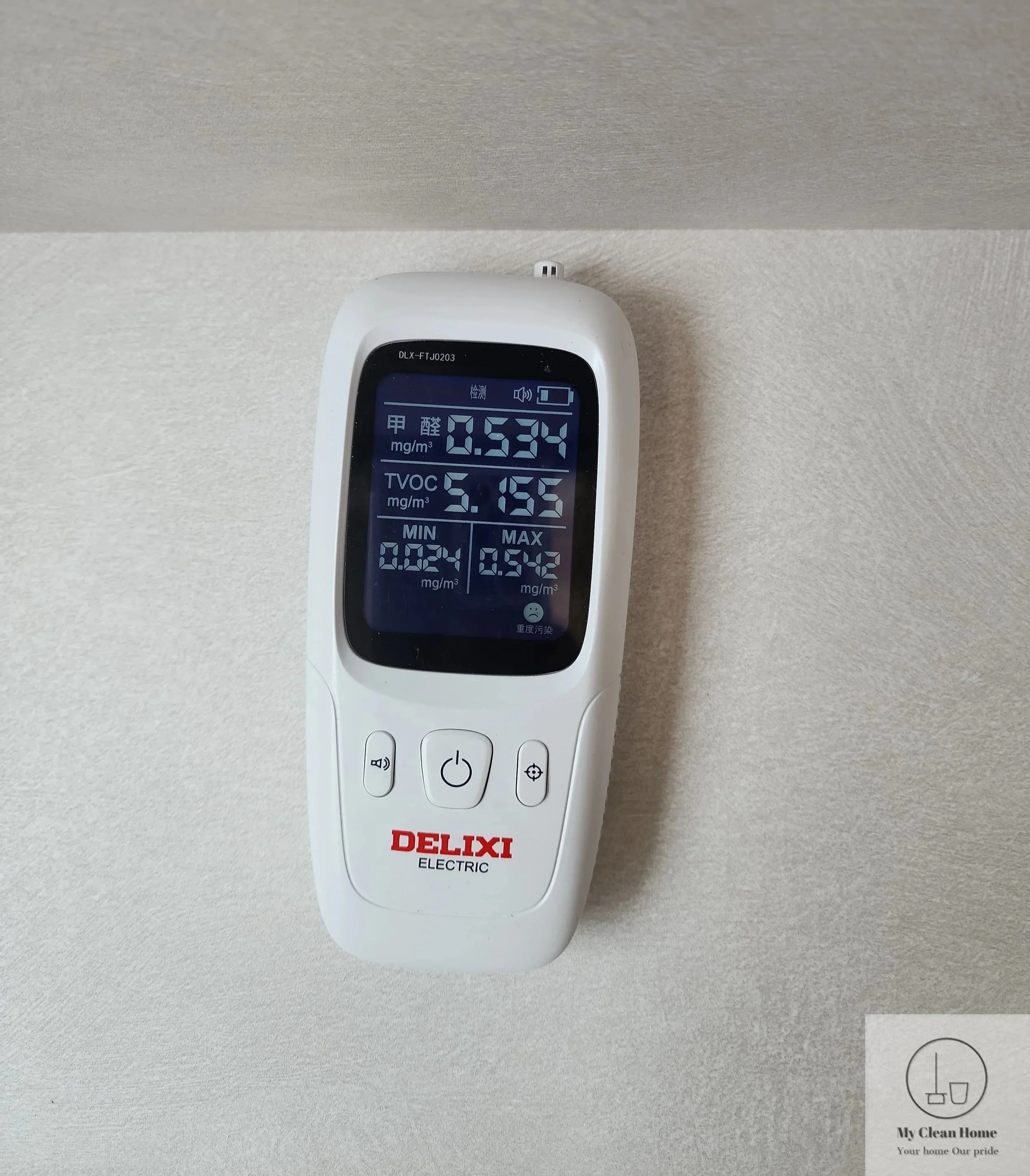Formaldehyde: What You Should REALLY know
Let’s finally talk about the buzz word of 2025 for renovation - Formaldehyde.
Yes, that smelly, toxic stuff.
Yes, that smell that every reno will have.
Yes, that smell that even if your ID tell you don’t worry, confirm plus chop will have one.
The thing is - what’s the optimal solution?
Watch our tiktok channel if you lazy to read.
What exactly is Formaldehyde?
It is a colourless and flammable gas with a strong and pungent odour, commonly found in industrial and consumer products as it is a key ingredient in many resins and glues.
Where it formalde-hides (haha).
It can result in severe irritations to the eyes and living conditions, especially for those with young kids.
That being said, we need to state clearly that it is common and should not be overblown, else crudely speaking there won’t be any carpenters in the world already. Don’t go over the top to whack your ID or contractor over it.
Formaldehyde is found in:
Plywood
Glue
Laminate
Furniture (Especially if you buy from Taobao)
Notice how it is not only the plywood?
How to deal with Formaldehyde?
There are commonly 2 options to deal with formaldehyde
Option 1: E0 Grade Plywood
Your ID might suggest E0 plywood (low formaldehyde emission).
Fair, but there’s some reasons why it doesn’t paint the full picture:
It’s not just the plywood, the glue needs to be E0 graded as well. We’d even go further to say that the glue is even more important than the plywood.
E0 does not mean 0 formaldehyde, it means low
Your furniture also will have that!! (refer to above)
Some IDs use this to mark up prices much higher than necessary to scare you, a bit of fear-mongering, honestly.
Imagine you reno with E0 plywood, and then your furniture arrives post-reno, and you are back to square 1 with that smell? Abit retarded right?
Option 2: Post-Reno Deep Cleaning (HIGHLY PREFERRED)
Once everything’s installed, get the post-reno cleaners to do a 1x good one deep cleaning formaldehyde treatment.
The main reasons for this are:
Efficiency!! You don’t care what other stuff is done during reno. You just clean everything at the end.
You are already gonna do deep cleaning as well.
This method is testable and trackable. Contrast this to the E0 plywood, even if the ID says they are using E0, it is hard to prove (they can only show you the label).
How It Works
The process is simple.
1) A sensor is placed to detect the levels of formaldehyde before treatment.
2) They then do the treatment for ~2 hours. (Full effects take place after 24 hrs)
3) Lastly, they test with the sensor to show the drop in formaldehyde levels. By WHO standards, it needs to be < 0.08ppr or 0.1 mg/m3.
4) Occasionally, the smell might be back after 24 hrs. This is when you need to get the cleaners to come back.
Simple. Transparent. No drama.
Before Treatment
After Treatment
Who to call?
If you want someone reliable, find Ivan from “My Clean Home”.
Quote Deconstruct5 for 5% off.
Disclaimer, this is 100% NOT sponsored by he legit just solid.
He’s one of the rare few people in this grey industry we’ve met who is humble and will do a proper job without questions asked.
TLDR
Every reno will have formaldehyde emissions - it can cause irritation, but it is common as well.
Don’t treat it like COVID please, and don’t scold your ID over it. Just have an upfront conversation.
There are 2 main solutions - we prefer doing it the post-reno deep-cleaning way rather than the E0 plywood way.
Of course, there’s the traditional 3rd way (and arguably the best), which is to air your carpentry for about 1-2 weeks before moving in.
If you are looking to shortlist reliable IDs/contractors for your reno, feel free to enquire here, or check out our blog for other important tips!!







